
Tiffany 237. (Párban az ágyban)
¥18.74
Tiffany 237. (Párban az ágyban)

Az orrszarvú dühe
¥58.29
Az orrszarvú dühe

Júlia 468. (Sz?kevény feleség)
¥18.74
Júlia 468. (Sz?kevény feleség)
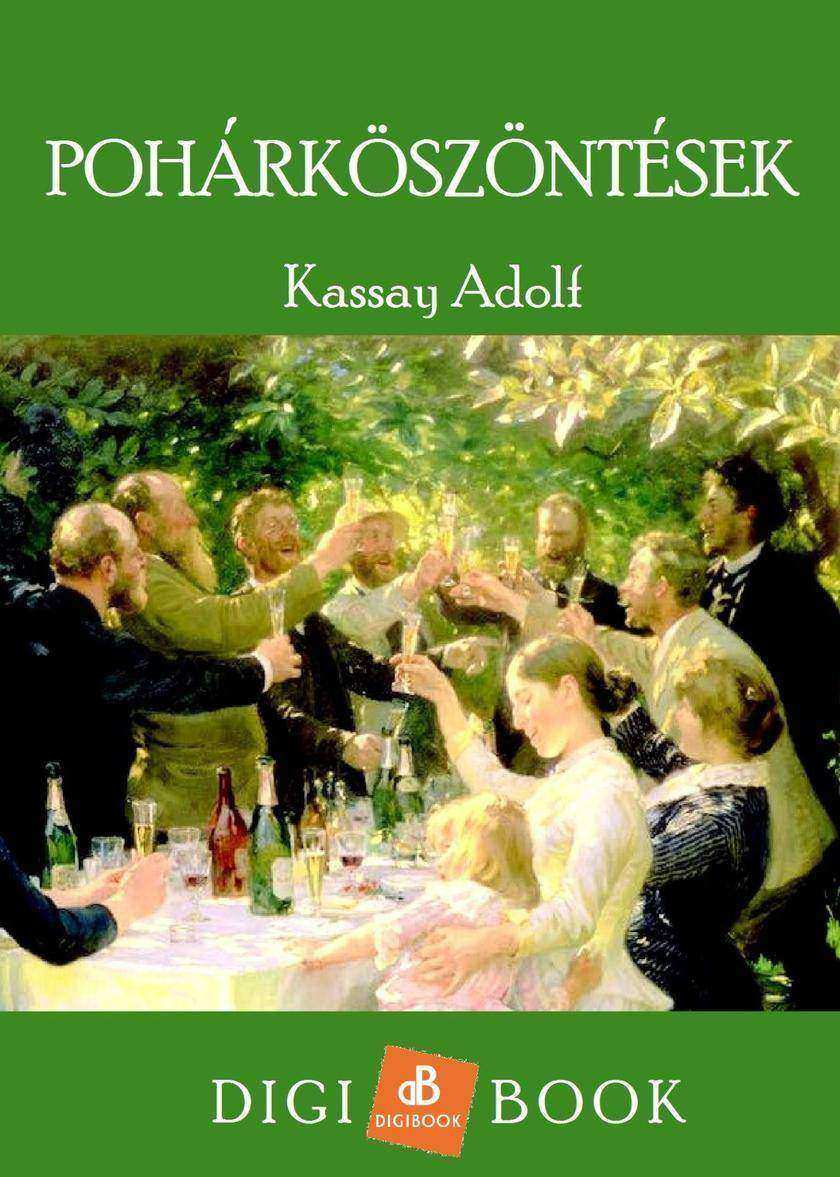
Pohárk?sz?ntések
¥23.14
Pohárk?sz?ntések
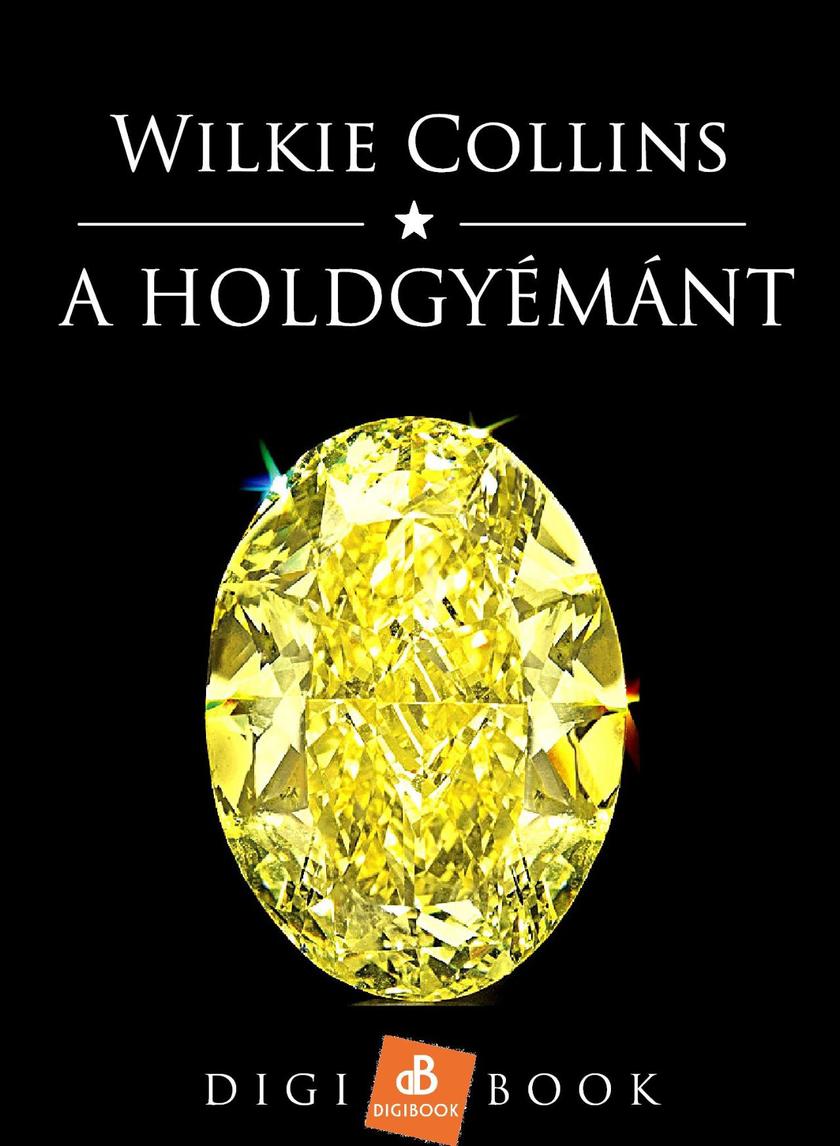
A Holdgyémánt
¥28.53
A Holdgyémánt
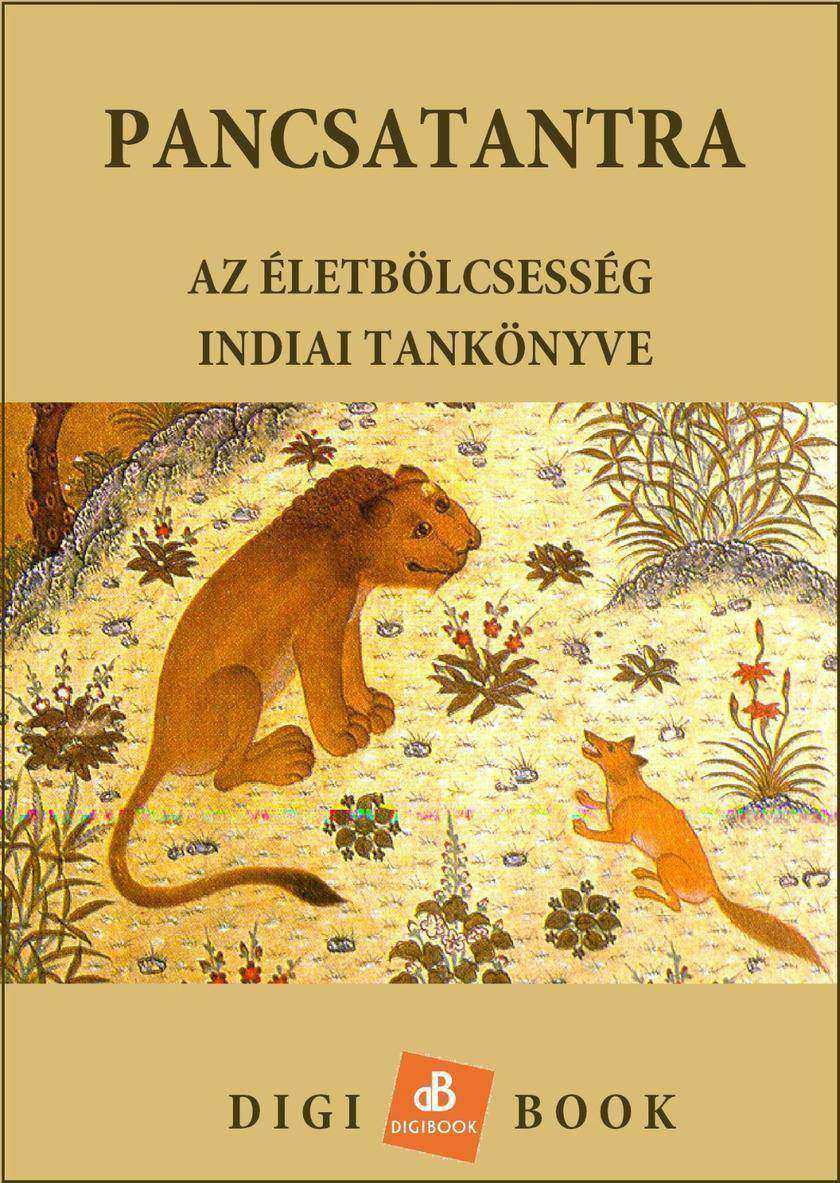
Pancsatantra
¥34.91
Pancsatantra

Júlia 464. (N?rablás)
¥18.74
Júlia 464. (N?rablás)
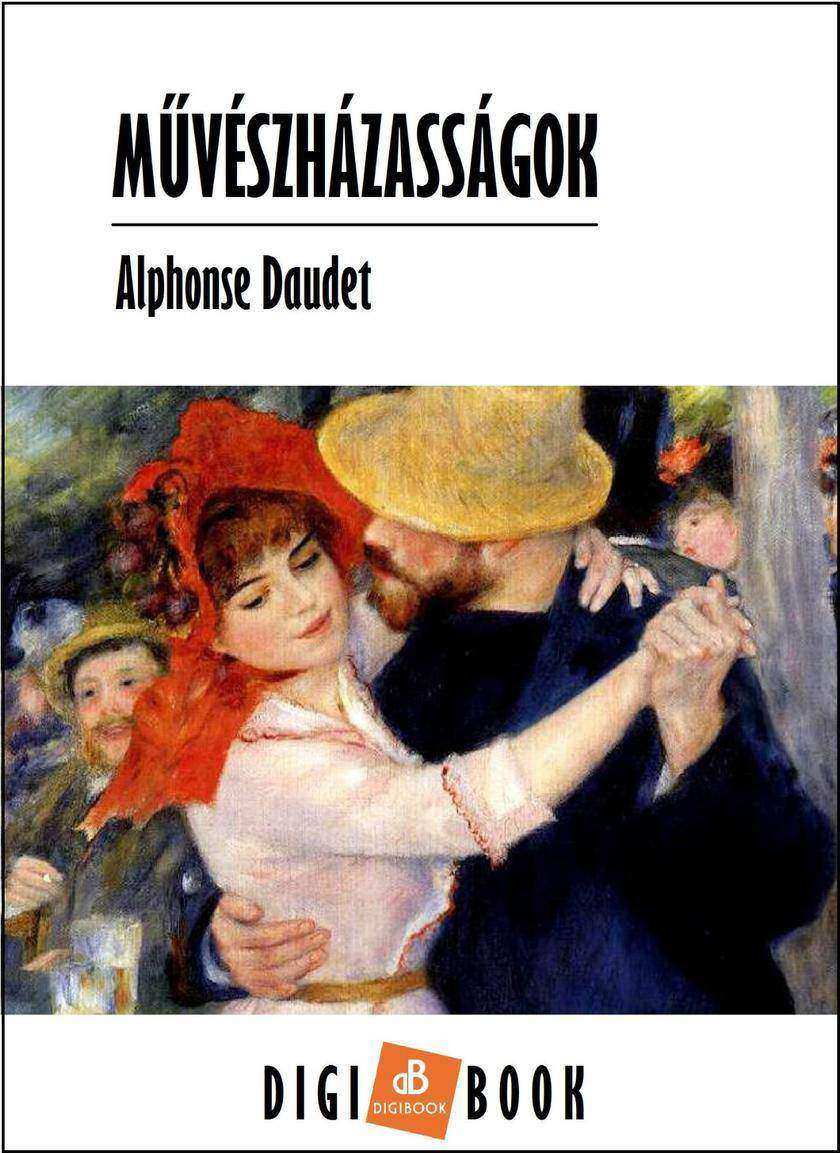
M?vészházasságok
¥11.36
M?vészházasságok
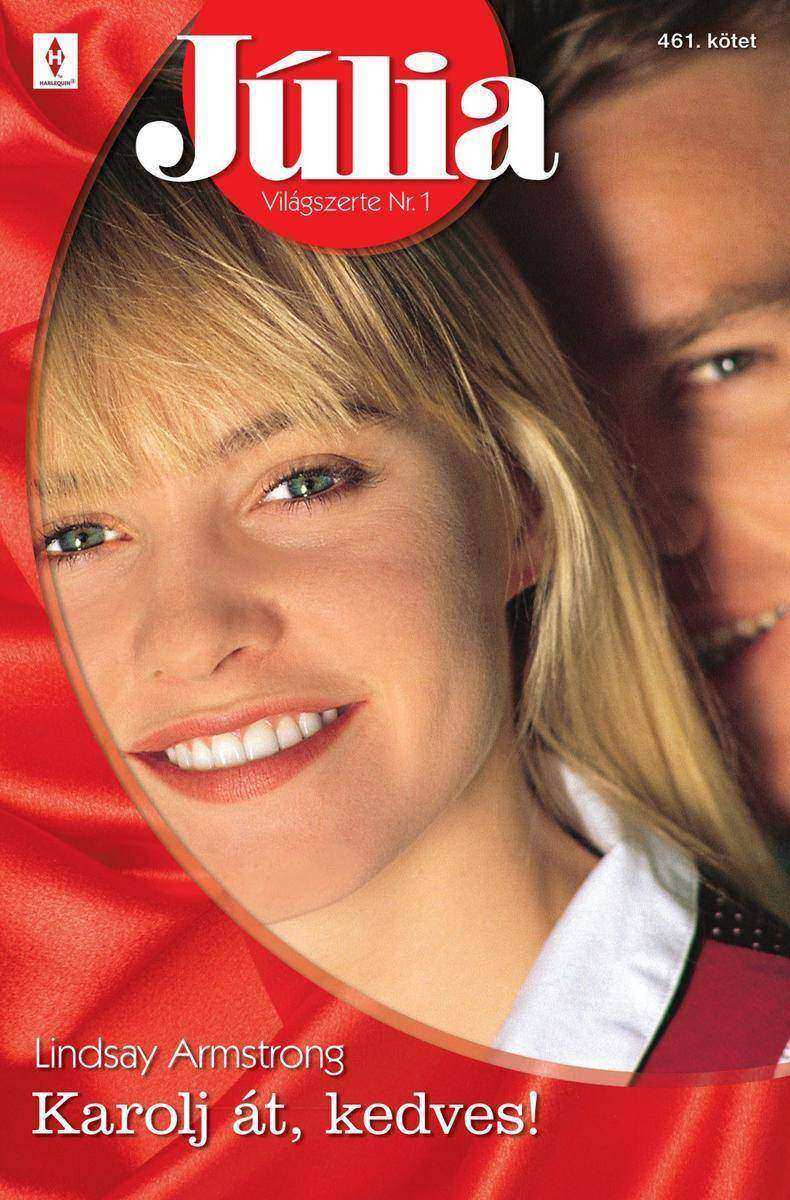
Júlia 461. (Karolj át, kedves!)
¥18.74
Júlia 461. (Karolj át, kedves!)
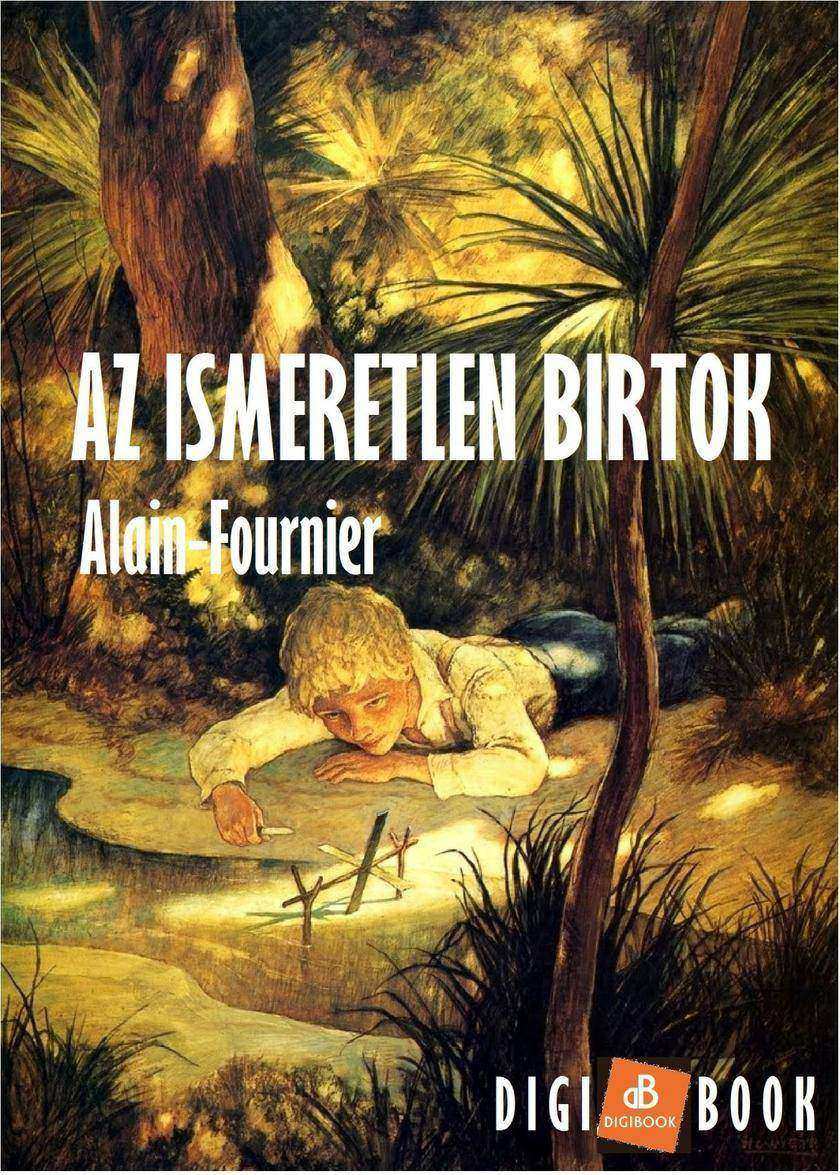
Az ismeretlen birtok
¥28.86
Az ismeretlen birtok
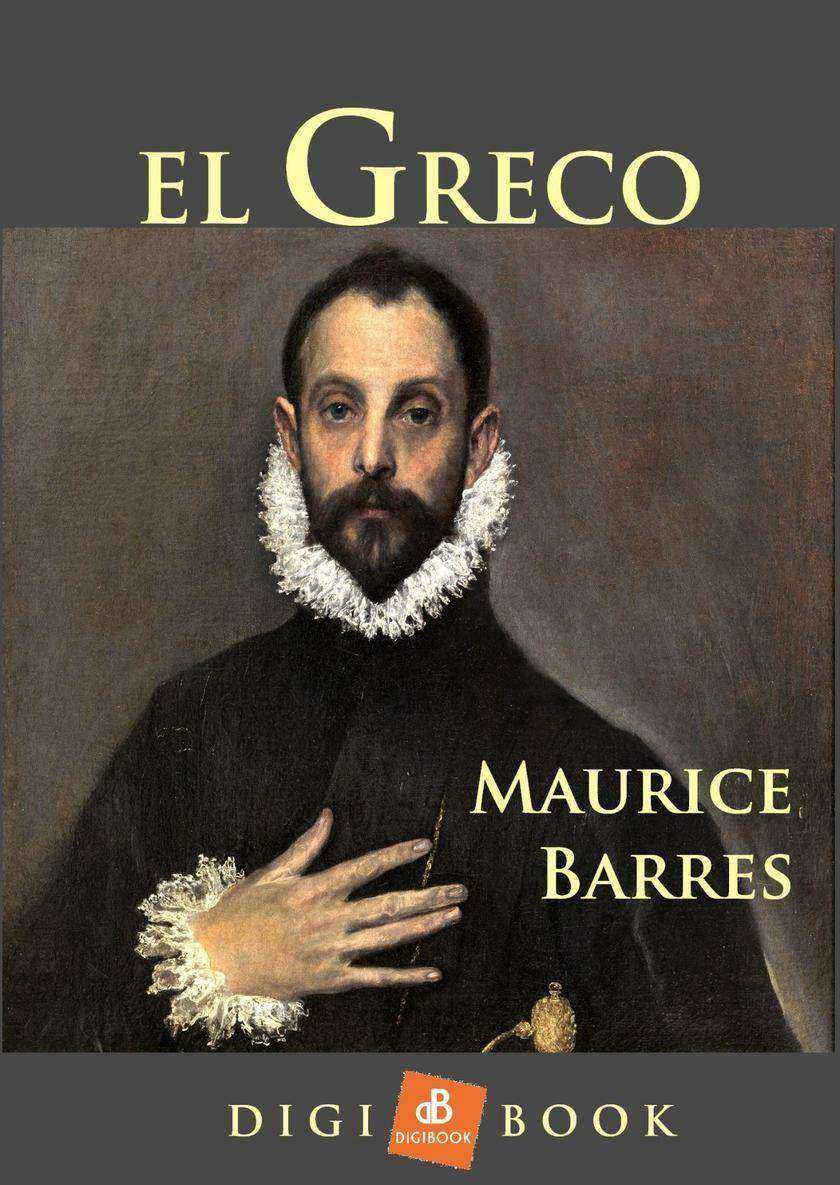
El Greco
¥25.91
El Greco
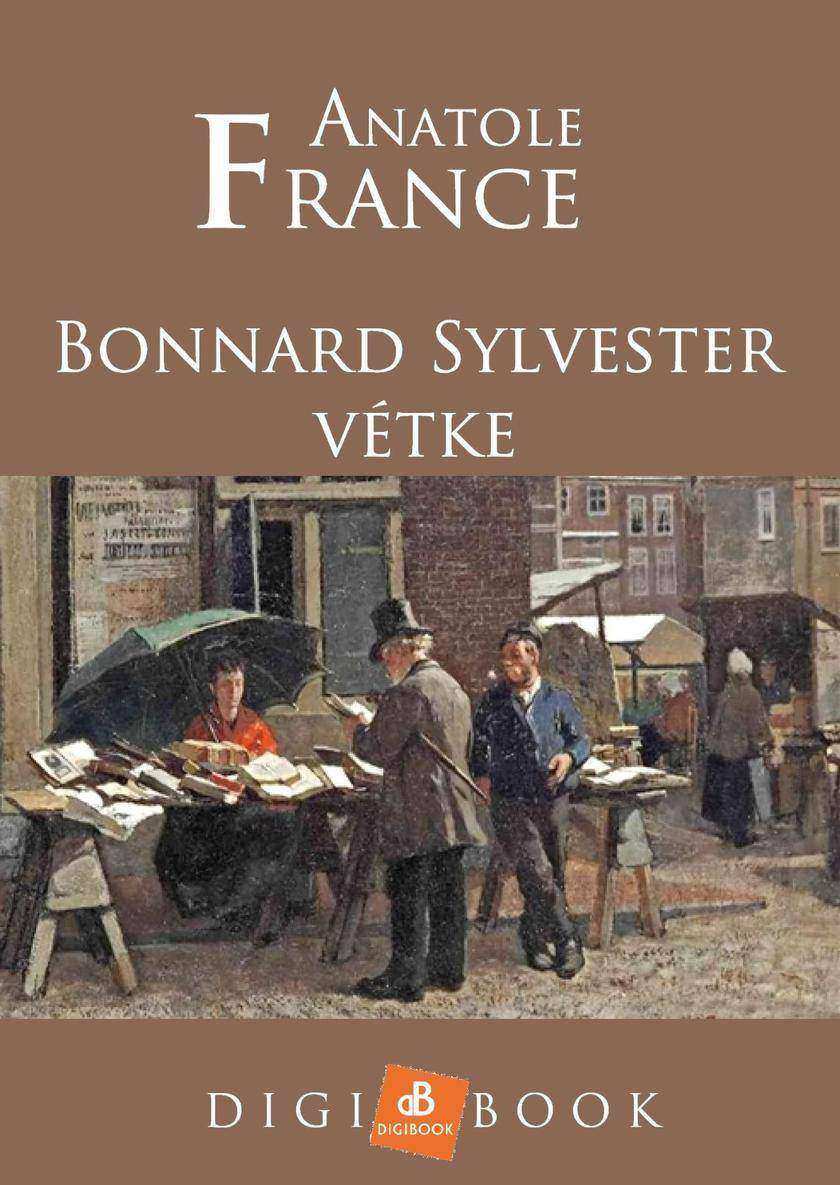
Bonnard Sylvester vétke
¥17.17
Bonnard Sylvester vétke

Szívhang 391. (Hinni a csodában)
¥18.74
Szívhang 391. (Hinni a csodában)
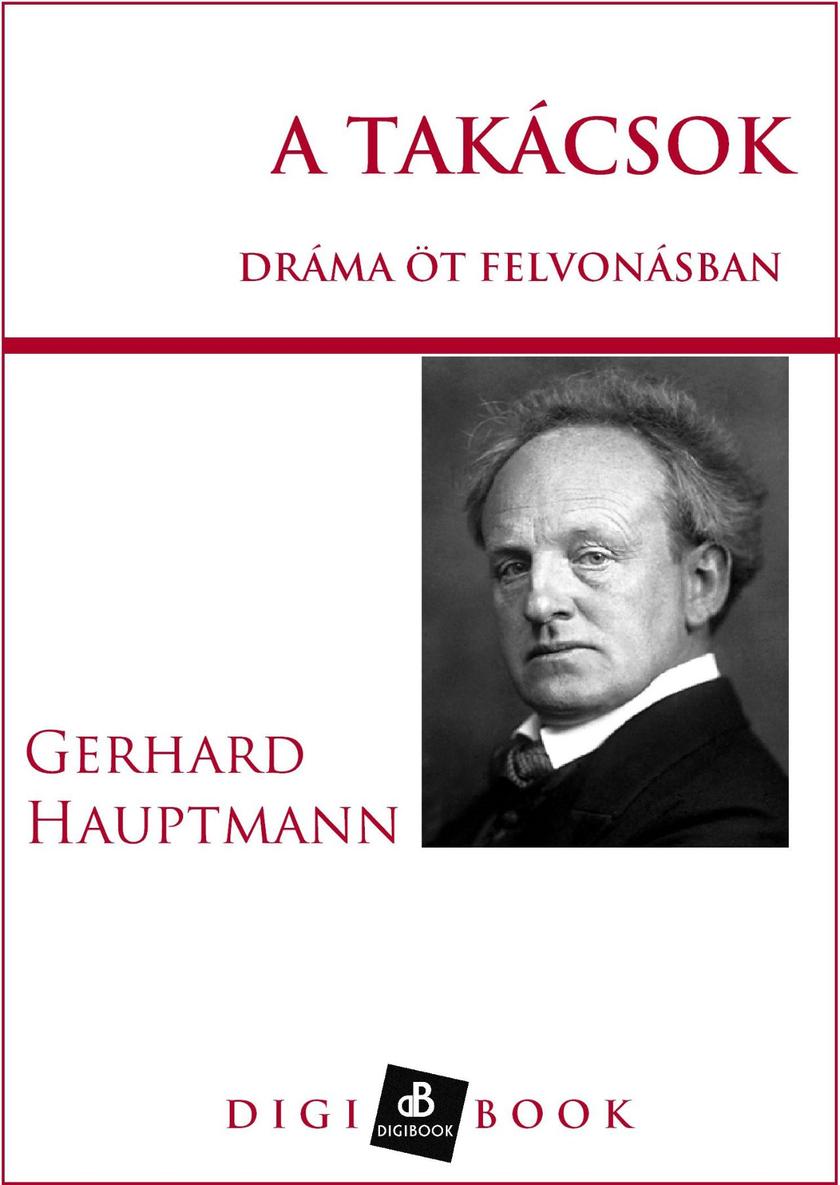
A takácsok
¥17.17
A takácsok

Júlia 453. (Vak végzet)
¥18.74
Júlia 453. (Vak végzet)
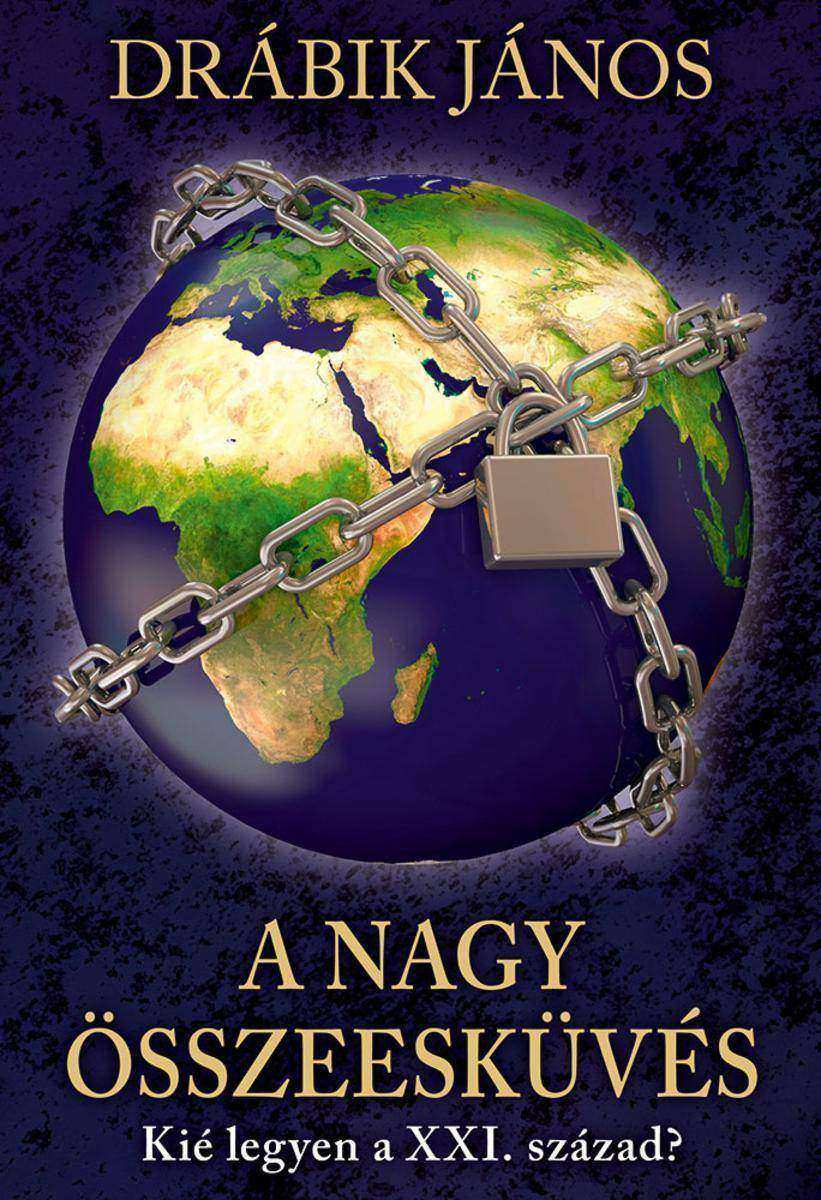
A nagy ?sszeesküvés: Kié legyen a XXI. század?
¥51.58
A nagy ?sszeesküvés: Kié legyen a XXI. század?
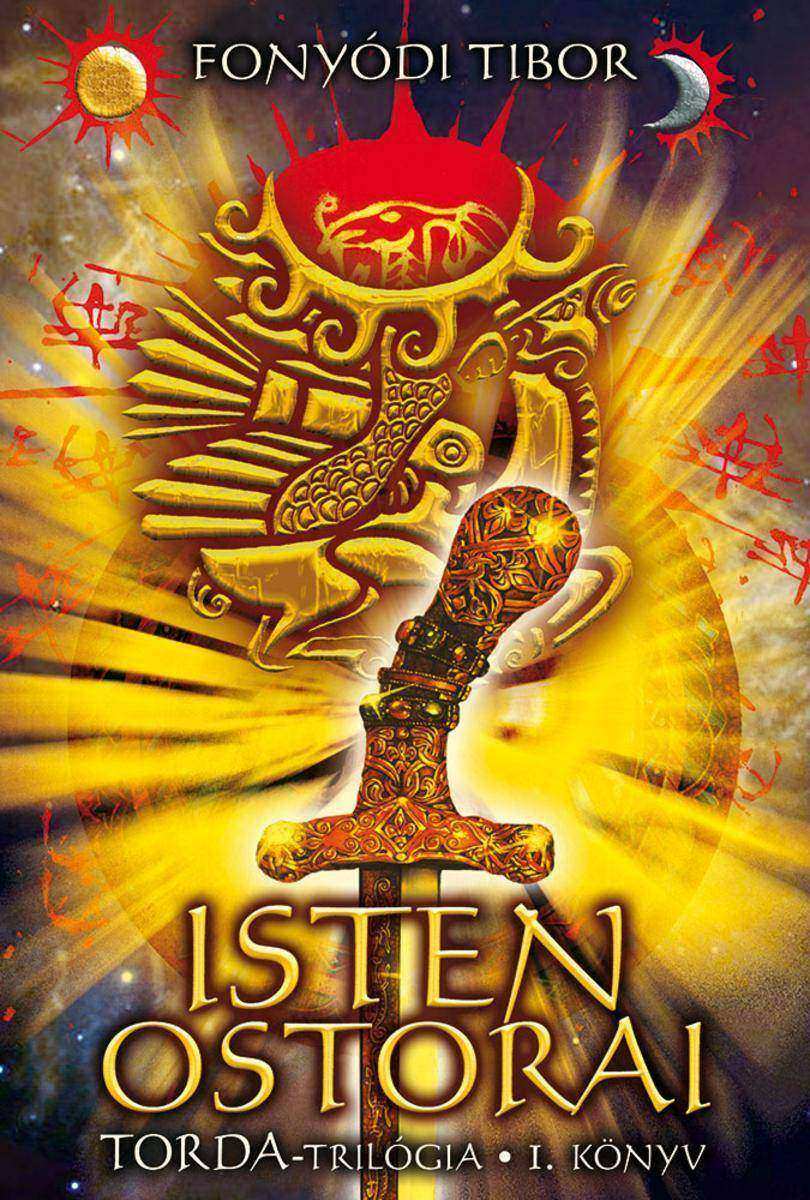
Isten ostorai
¥51.58
Isten ostorai
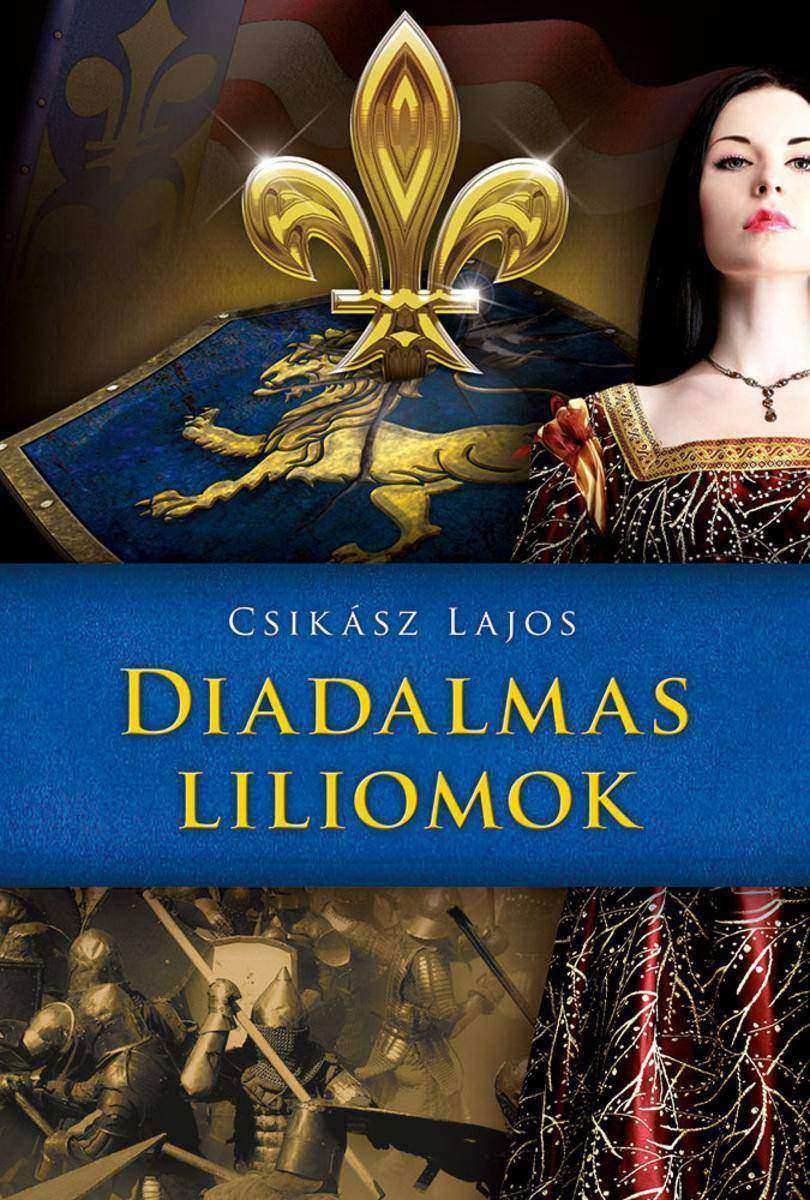
Diadalmas liliomok
¥51.58
Diadalmas liliomok
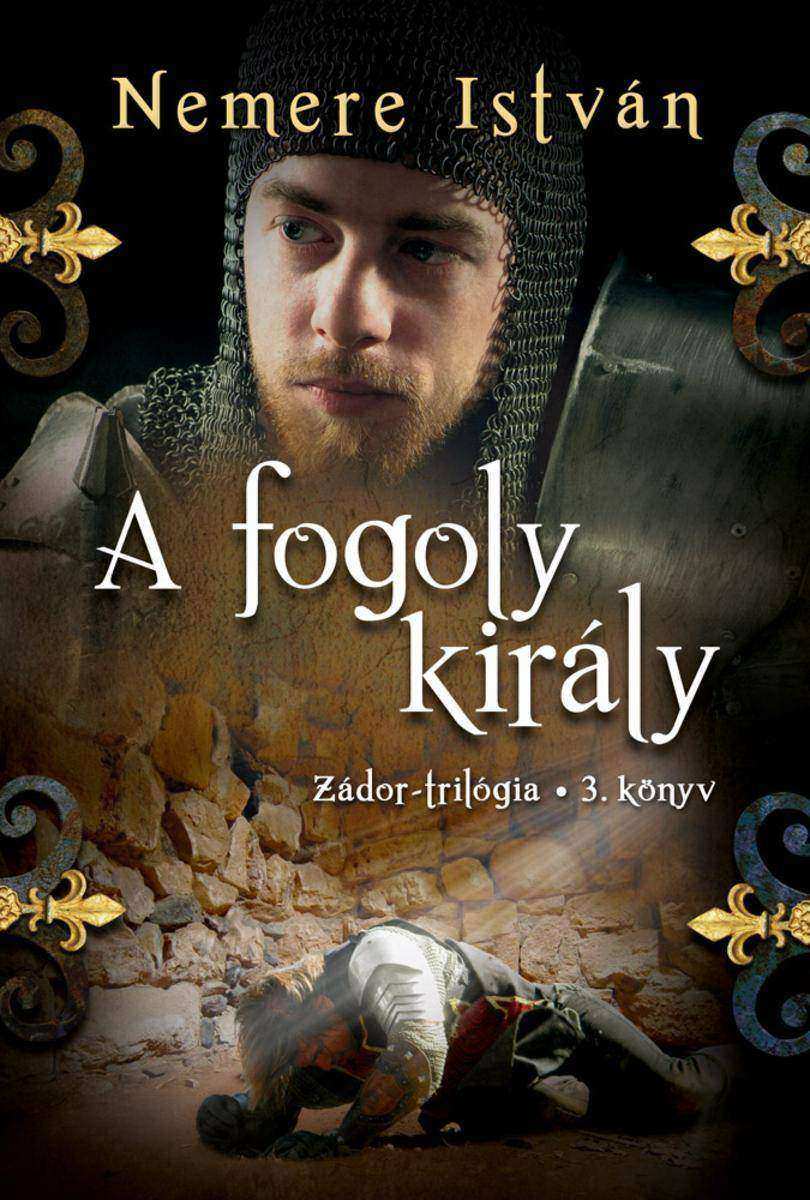
A fogoly király
¥58.04
A fogoly király
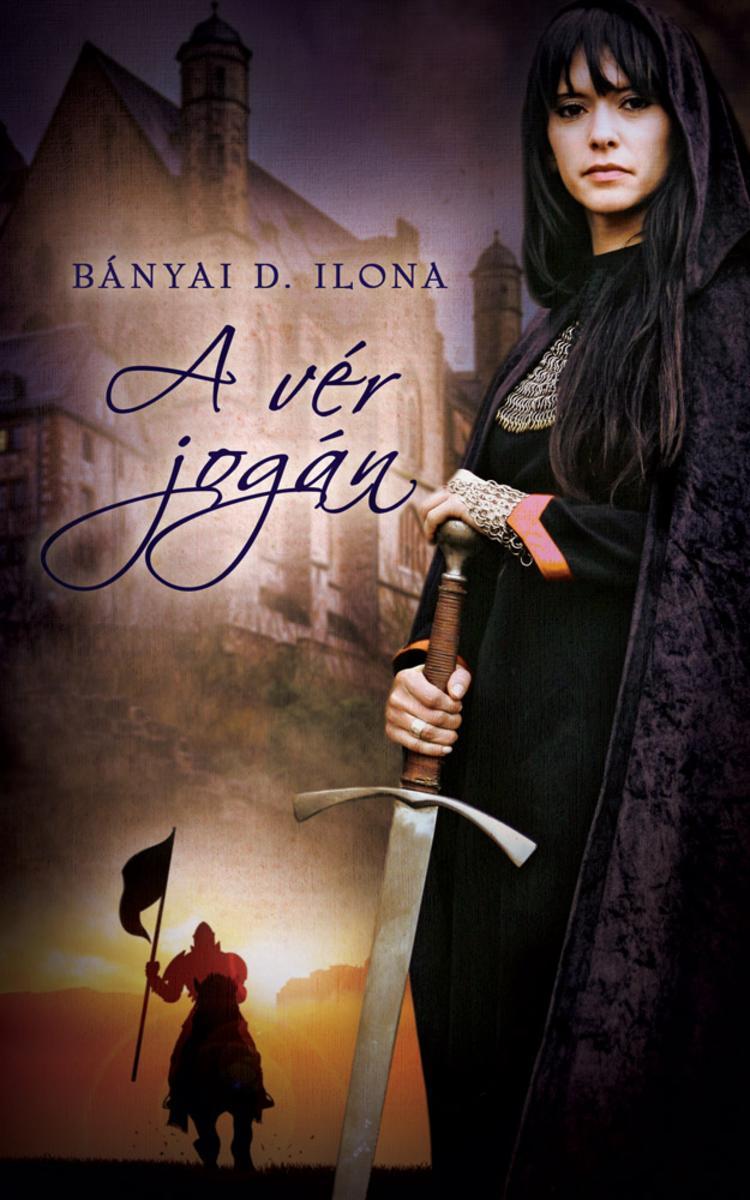
A vér jogán
¥52.48
A vér jogán
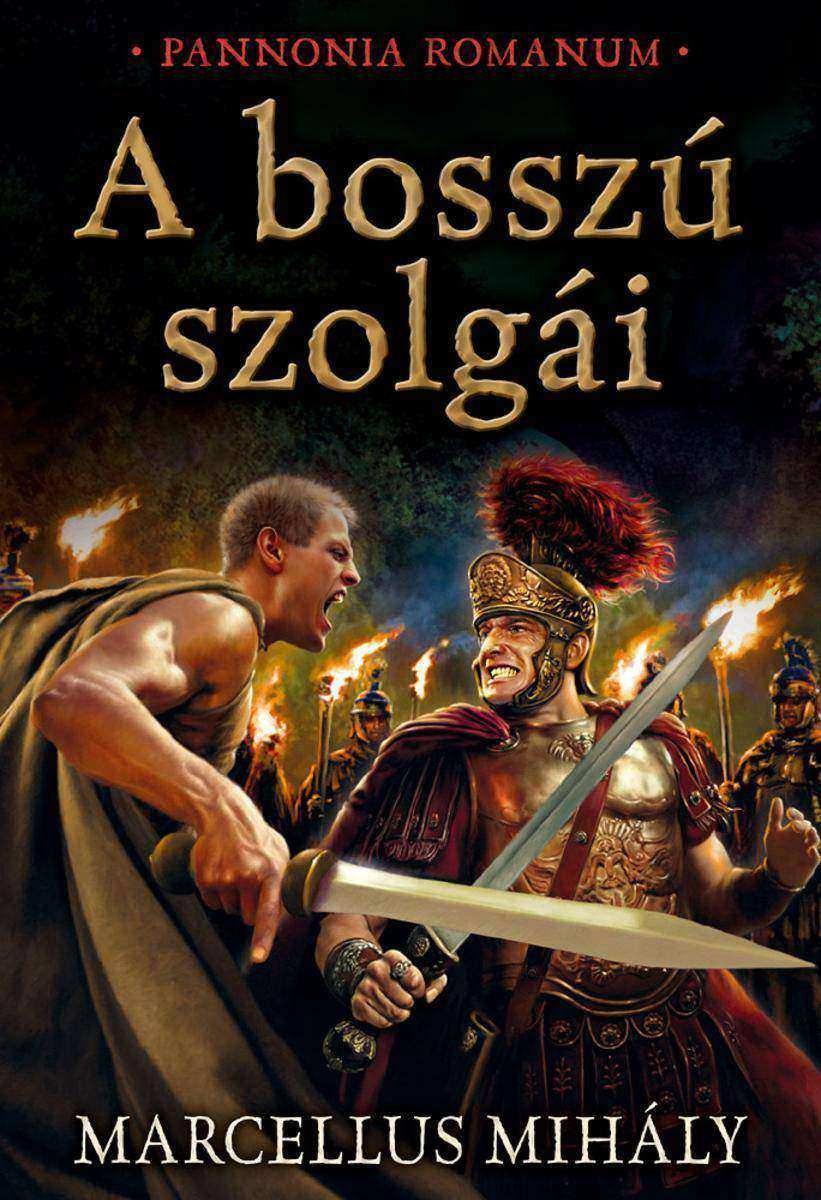
A bosszú szolgái
¥58.04
A bosszú szolgái




 购物车
购物车 个人中心
个人中心



